How To Calibrate Digital Kitchen Scale
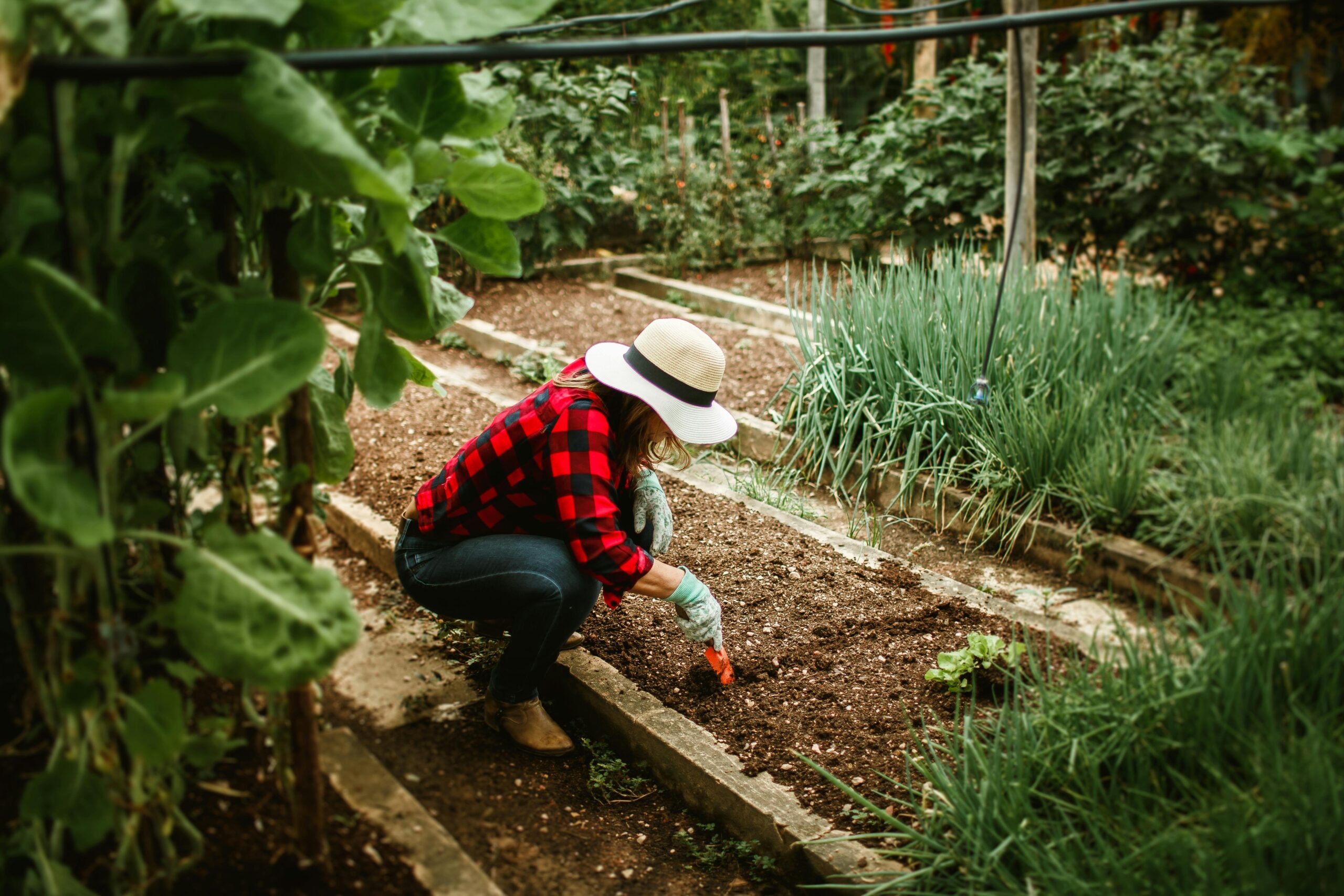
Have you ever wondered why your digital kitchen scale might give different readings at various times, even if you’re weighing the exact same item? If your culinary creations depend on precise measurements, ensuring that your digital kitchen scale is properly calibrated is crucial. Accurate scaling can make a significant difference, whether you’re baking a delicate soufflé or portioning out meals for the week. Let’s dive into how you can ensure your kitchen scale is providing you the most accurate readings possible.

Understanding the Importance of Calibrating Your Digital Kitchen Scale
Before we get into the nitty-gritty of how to calibrate your kitchen scale, let’s first understand why calibration is so important. Calibration ensures that your scale gives accurate readings, which is essential for consistent cooking and baking results. It aligns the scale’s measurements with a standard to ensure that it accurately reflects the weight of the items being measured.
The Functionality of Digital Kitchen Scales
Digital kitchen scales operate using sensors that measure the weight placed upon them. These sensors convert physical weight into electronic signals that are displayed as weight measurements on the scale’s screen. However, over time, these sensors can drift, leading to inaccurate readings and spoil your best cooking efforts if left unchecked.
Factors Leading to Scale Miscalibration
A digital kitchen scale is a precise instrument, but it’s not immune to certain factors that can cause it to lose its accuracy. Temperature fluctuations, frequent relocation, or even simple wear and tear can affect your scale’s accuracy. Understanding these factors can help you better maintain your scale and proactively calibrate it when necessary.
Different Types of Kitchen Scales and Their Calibration Needs
Before you start calibrating, it’s essential to identify the type of digital kitchen scale you have, as different scales might have different requirements or features affecting the calibration process.
Common Brands and Models
There are many brands and models of digital kitchen scales, including OXO, Escali, Etekcity, Ozen, My Weigh, Greater Goods, Nicewell, Kitchen Ready Units, and AmazonBasics. Each of these brands may have slightly different calibration procedures. It’s always a good idea to start by checking the user manual specific to your brand and model for any particular requirements.
Scale Features Affecting Calibration
Some kitchen scales come with an automatic calibration feature that makes it easier to keep your scale accurate with minimal effort. Others might require a manual calibration process. Features like tar function, unit conversion, and maximum weight capacity also influence the way a scale is calibrated. Knowing your scale’s features can help guide the calibration process effectively.
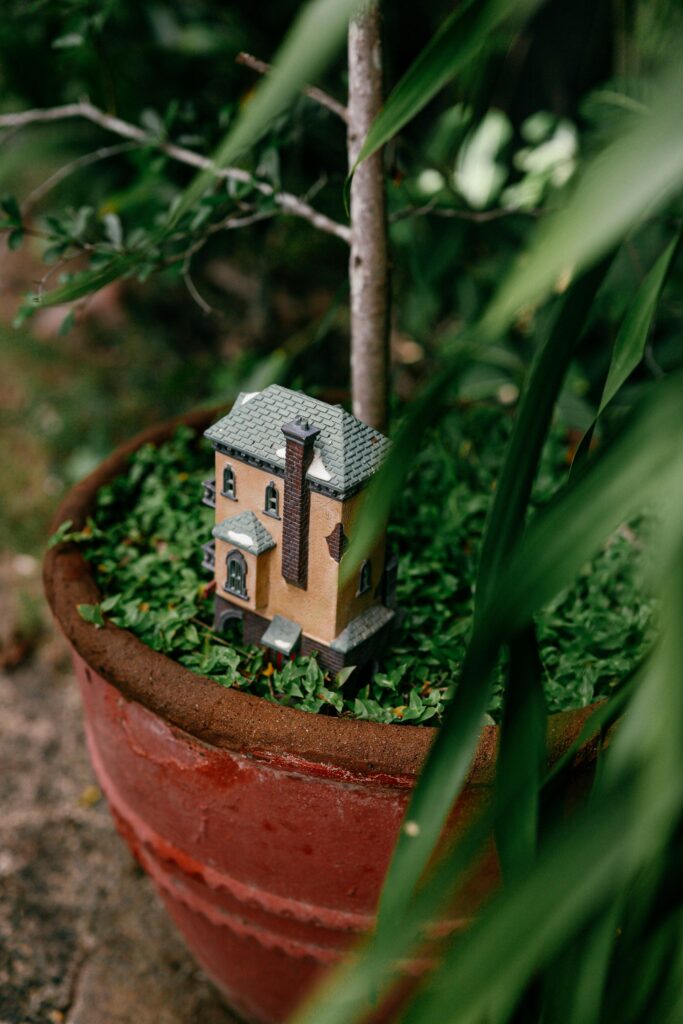
Step-By-Step Calibration Process
Now, let’s get into the actual process of calibrating your digital kitchen scale. This process can vary between scales, but the general steps are similar across most brands and models.
Preparing for Calibration
-
Find a Flat, Stable Surface: To ensure accuracy, make sure your scale is on a completely flat and stable surface. Uneven or soft surfaces can alter the weight readings.
-
Warm Up Time: Allow your scale to warm up for about 30 seconds or more before starting the calibration. This can help mitigate any initial inaccuracies as the components reach a stable temperature.
-
Read the Manual: Reference your specific scale’s manual for any specifics about the calibration process. Some scales have a particular button sequence to enter calibration mode.
Step-by-Step Calibration Instructions
-
Turn On the Scale: Make sure the scale is powered on before starting the calibration process. For scales with automatic shutdown, you may need to restart the process if the scale powers down.
-
Enter Calibration Mode:
- This step varies. Typically, it’s a matter of pressing the “Cal” button or a series of buttons (usually the “Zero” or “Tare” button) to make the scale enter calibration mode.
-
Place a Calibration Weight:
- Many kitchen scales come with a specific calibration weight, often in grams. If yours didn’t come with one, you can purchase a calibration weight set or use standard items like coins to perform calibration (reference a coin’s weight online for accuracy).
- Place the weight on the center of the scale gently.
-
Complete Calibration:
- Wait for the scale to register the weight and show a confirmation message or return to zero. This indicates the calibration is complete.
-
Repeat If Necessary:
- If your scale has an unusual reading during the test, it may need to be recalibrated, especially if it continues to show incorrect measurements.
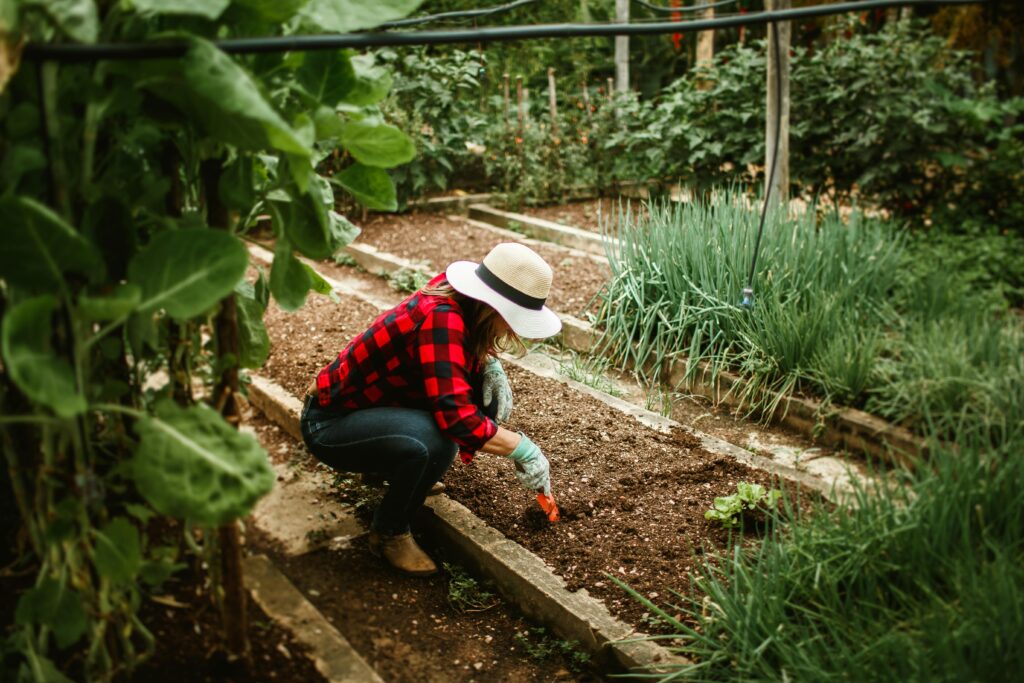
Troubleshooting Calibration Issues
Sometimes, even after following the steps meticulously, your scale might still act up. Here’s how you can troubleshoot some common issues.
Common Calibration Problems
-
Error Messages: Scales might display error messages if they detect a problem. The user manual is the best place to decode these messages.
-
Fluctuating Readings: Ensure the surface is stable and you are away from drafts or temperature changes.
Resolving Persistent Issues
If your scale continues to misbehave after several calibration attempts, it might be a sign of wear or damage. Consider contacting the manufacturer for support, especially if your scale is still under warranty. Explaining the problem and something seems constantly off might yield a replacement or repair option.
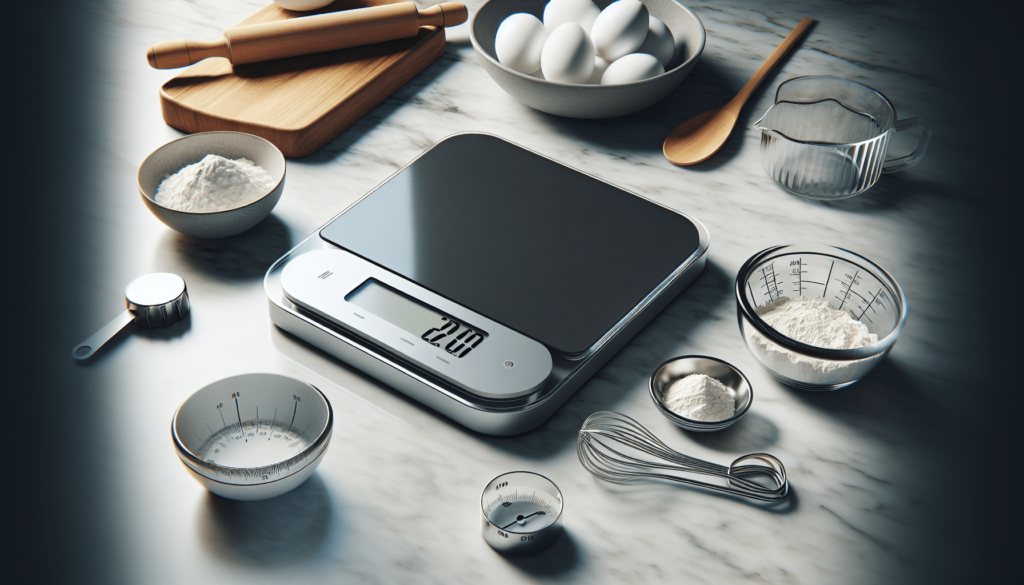
Maintaining Your Digital Kitchen Scale for Accuracy
While calibration is crucial, maintenance plays a significant role in ensuring your kitchen scale continues to perform accurately.
Proper Handling and Storage
Handle your scale gently. Dropping it or placing heavy items exceeded the max load can cause permanent damage. Store it in a safe place, away from excess humidity or extreme temperatures which might interfere with its sensors.
Regular Cleaning
Make it a routine to clean your digital scale to ensure its functionality is not obstructed by debris. Use a gentle, damp cloth to clean the surface and avoid submerging in water or using abrasive cleaners.
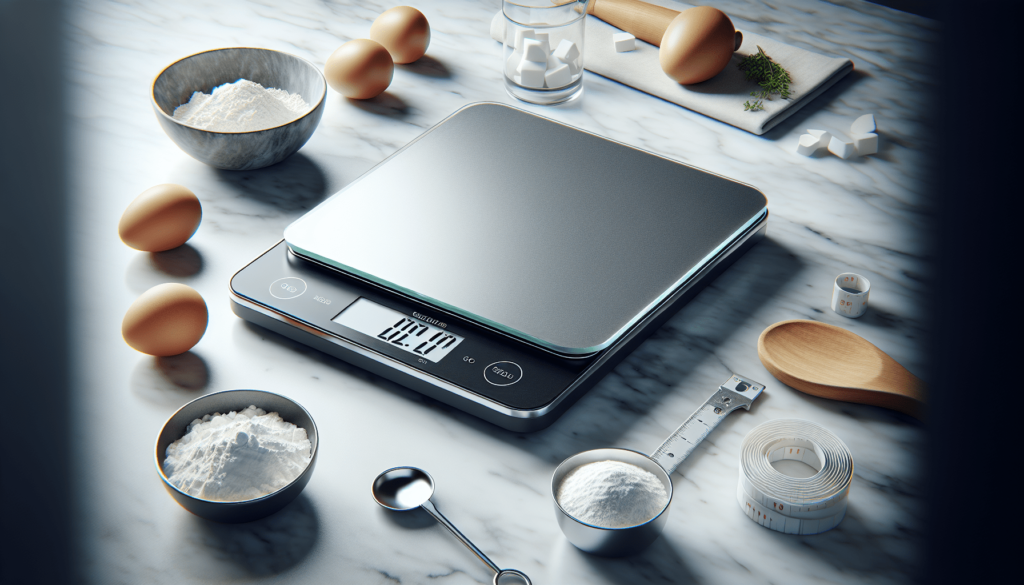
Conclusion
Understanding how to calibrate your digital kitchen scale and incorporating regular maintenance into your kitchen routine ensures every meal you cook is exactly as you intended. Accurate measurements are not just about precision in your recipes; they contribute to overall cooking satisfaction and success. So the next time you notice something off with your scale’s readings, don’t hesitate to give it a checkup and calibration. Your culinary creations deserve that level of care!
